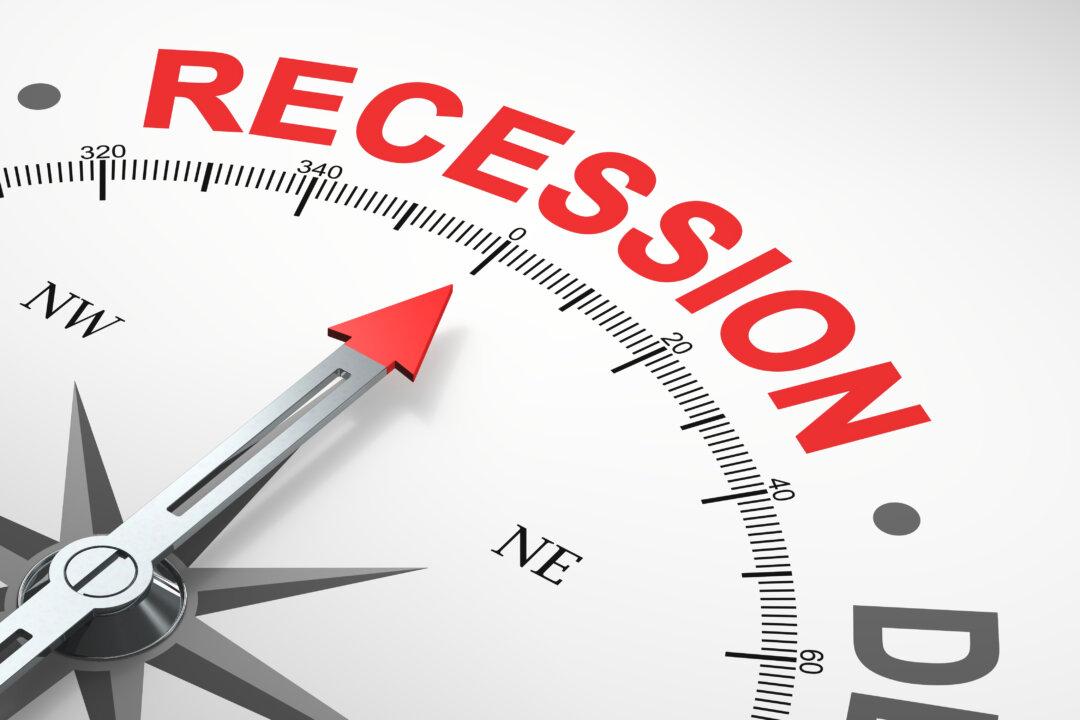Empty homes have started to pile up across the country. Inventory is surging, along with price cuts in cities least expected. Counties where there has been a large influx of buyers—such as in Tampa, Florida; Dallas, Texas; and Phoenix, Arizona—are now seeing a large influx in inventory.
The housing market is in bubble territory due to the Federal Reserve recently increasing interest rates. Material shortages for the past year and half resulted in houses delaying completion. Now that most of the delay in constructions has subsided, we likely will see waves of new inventory hit the market in the second half of this year and during the first half of 2023.






